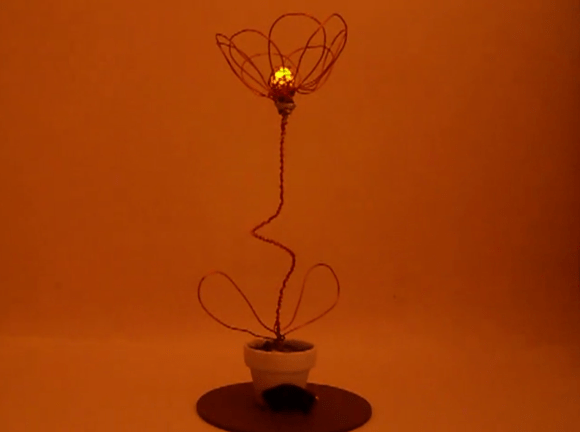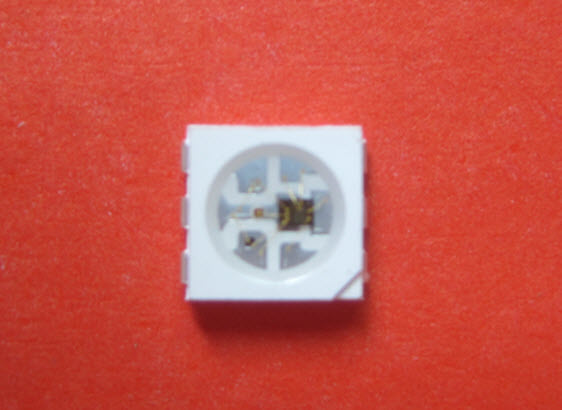Most of what people call batteries are actually cells. All of the common disposable alkaline batteries from AAA to D are single cells. The exception is the 9v battery which actually has six smaller cells inside of it. [Tom] took a look inside three different batteries to see what cells they’re hiding. Since he no longer uses the batteries for their intended purposes the individual cells may find a new life inside of one of his upcoming projects.
The six volt lantern battery on the left has four cells inside of it. This is no surprise since each zinc-carbon cell is rated for 1.5V. There’s not much that can be done with the internals since each cell is made of a carbon rod and zinc electrolyte ooze (rather than being sealed in their own packages).
Moving on to the rechargeable PP3 battery in the middle he finds the 8.4V unit is made up of seven 1.2V nickel-metal hydride cells. Many of them were shot, but we’d love to see one of the intact cells powering something small like a bristlebot.
The final component is an old laptop battery. Inside are an octet of Lithium Ion cells. The majority register 0V, but a few have 0.4V left on them. This is not surprising. We’ve seen power tool packs that have a few bad cells spoil the battery. It’s possible to resurrect a battery by combining good cells from two or more dead units.


















